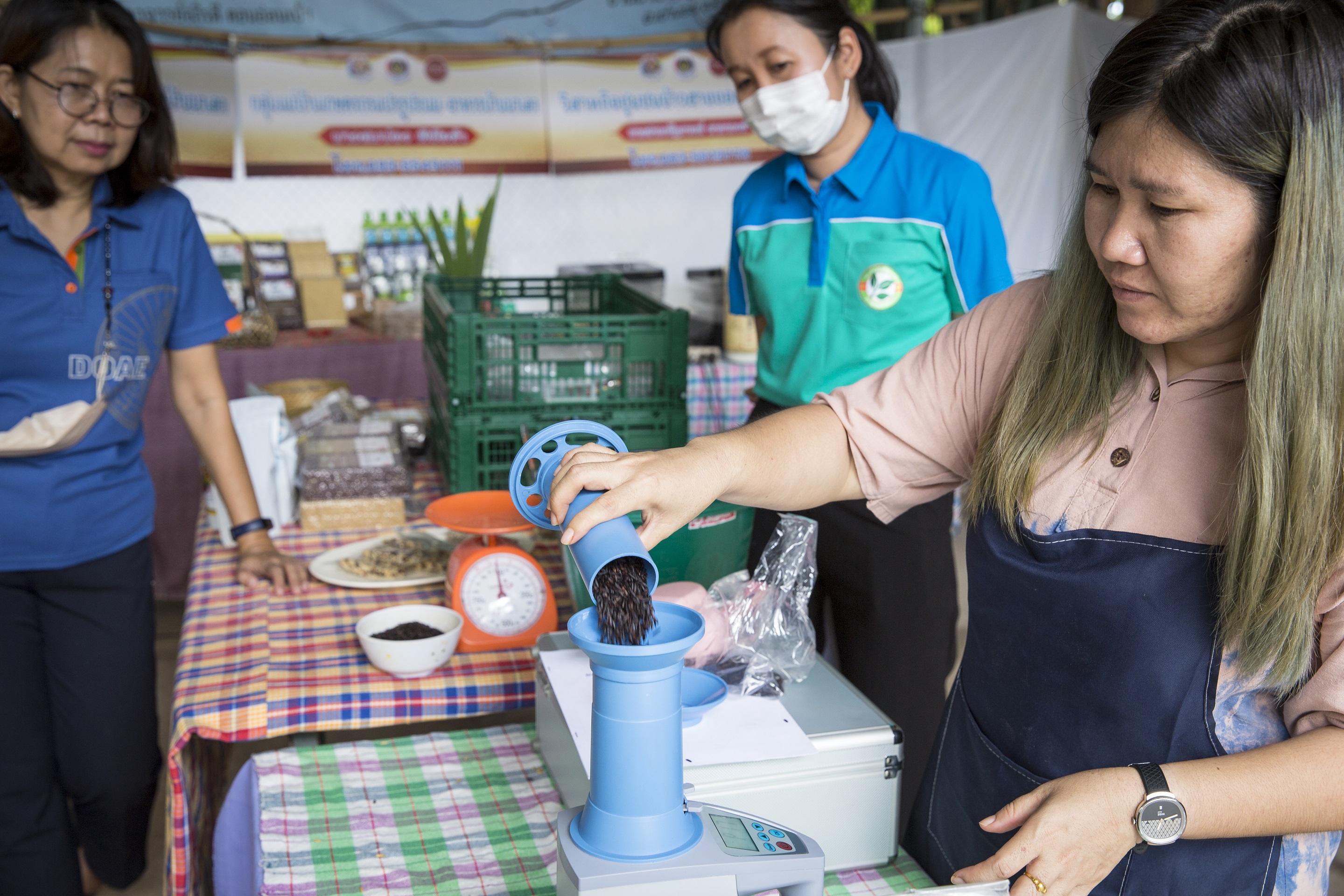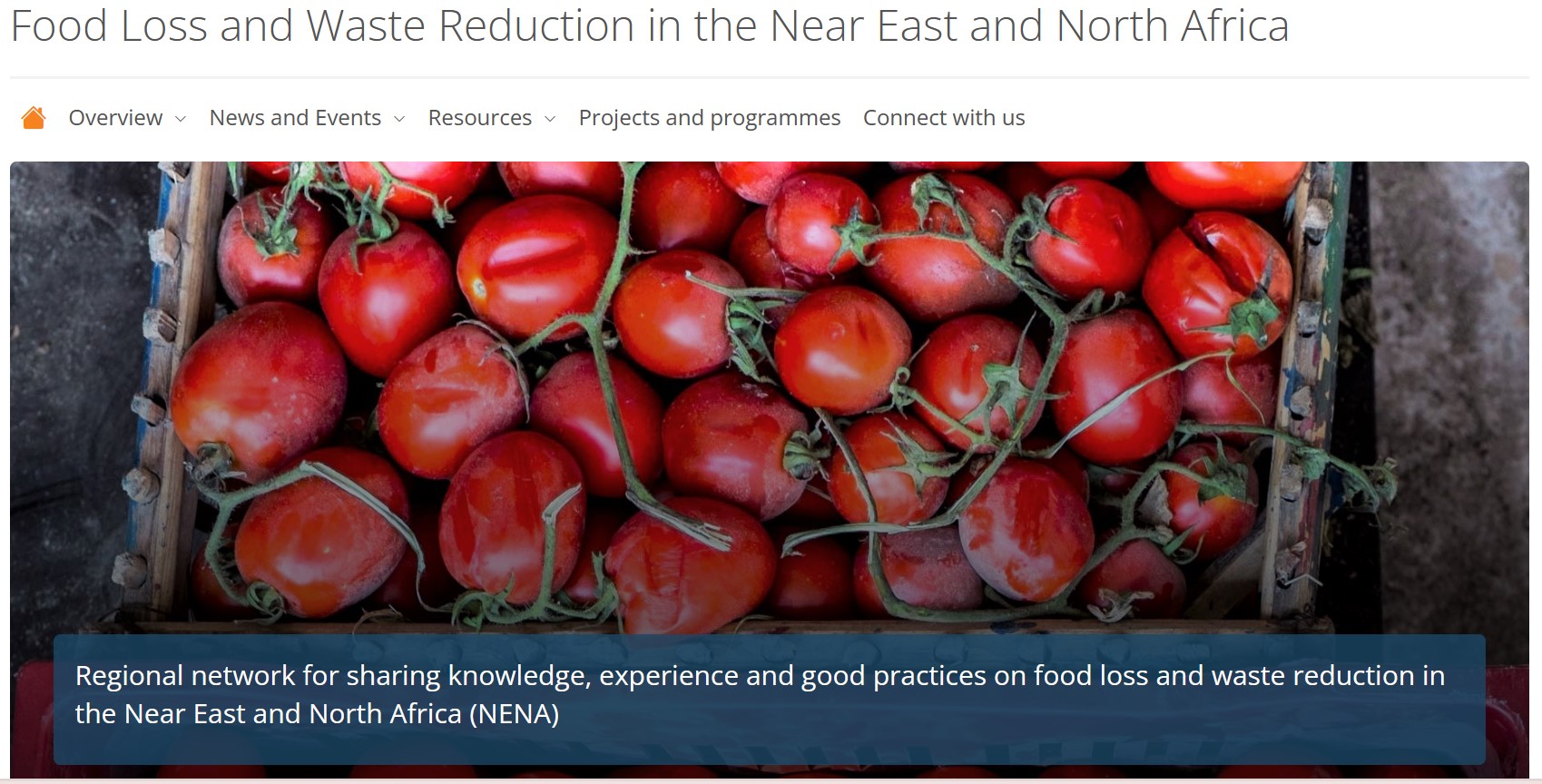Food loss and waste reduction, measurement and policies
The Technical Platform on the Measurement and Reduction of Food Loss and Waste (TPFLW) seeks to strengthen collective efforts to prevent and reduce food loss and waste across the globe. Launched in December 2015, by the Food and Agriculture Organization of the United Nations (FAO) and the International Food Policy Research Institute (IFPRI), the TPFLW was established following the G20 Ministries of Agriculture recommendation to focus on the measurement and reduction of Food Loss and Waste (FLW).
The Platform contributes to the Food is Never Waste Coalition, which was funded as a result of the United Nations Food Systems Summit in September 2021.
Highlights

news
Harlem Globetrotters bring their energy to the fight against food waste
The Food and Agriculture Organization of the United Nations has appointed the world-famous players as FAO Global Goodwill Ambassadors.

publication
Reducing Food Loss and Waste in MSMEs
Check out our latest publication on reducing FLW in the processing, distribution and retail operations of micro, small and medium-sized food processing enterprises (MSMEs).

INTERACTIVE STORY
The Food Loss and Waste Challenge
How much do you know about food loss and waste? Let’s find out! These brainteasers, quizzes, and crosswords will put your knowledge to the test.

Knowledge sharing
Join the Community of Practice (CoP)
The CoP is a forum where everyone can discuss, learn, and share insights on FLW. Sign up and become part of a global network aiming to achieve food security for all!

Tools and apps
FAO Food Loss App (FLAPP)
The FAO Food Loss App (FLAPP) enables you to get actionable insights and expert advice on food loss from farm to market, all through the power of data and community-driven solutions.

Knowledge sharing
Newsletter | TPFLW Updates
Stay up to date with all the latest news on food loss and waste and join our Community of Practice!
Videos
Investing in food loss and waste prevention and reduction | IDAFLW 2024
29/09/2024
The fifth observance of the International Day of Awareness of Food Loss and Waste highlighted the critical need for financing to bolster efforts to...
Stories
Publications

Climate technologies for agrifood systems transformation
2024
The global community has committed to responding to climate change while ensuring decent livelihoods and healthy food for everyone, keeping within planetary boundaries. Transforming agrifood systems is essential to meeting these challenges, with climate response being an intrinsic element. The need for more resilient systems that can sustain increasing demands in a setting of tightening constraints is evident.

Get Involved - International Day of Awareness of Food Loss and Waste, 29 September 2024
2024
The fifth observance of the International Day of Awareness of Food Loss and Waste will highlight the critical need for financing to bolster efforts to reduce food loss and waste, contribute toachieving climate goals and advancing the 2030 Agenda for Sustainable Development.

Food Waste Index Report 2024. Think Eat Save: Tracking Progress to Halve Global Food Waste
2024
The Food Waste Index Report 2024 expands on the 2021 edition by: 1) incorporating new data for a revised global food waste estimate; 2) refining SDG 12.3.2 measurement methodology with sector-specific guidance; and 3) shifting focus from measurement to reduction via public-private partnerships.



